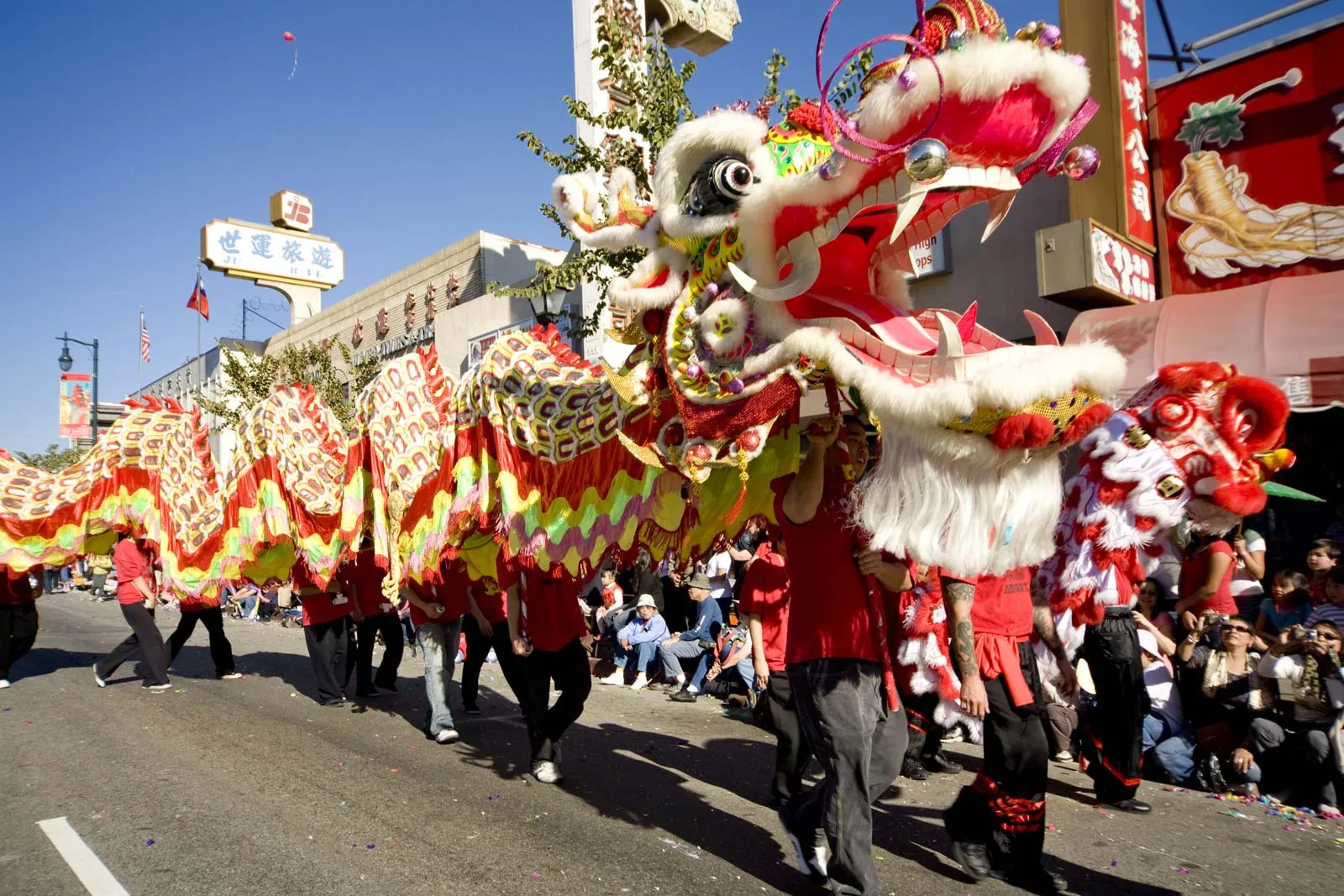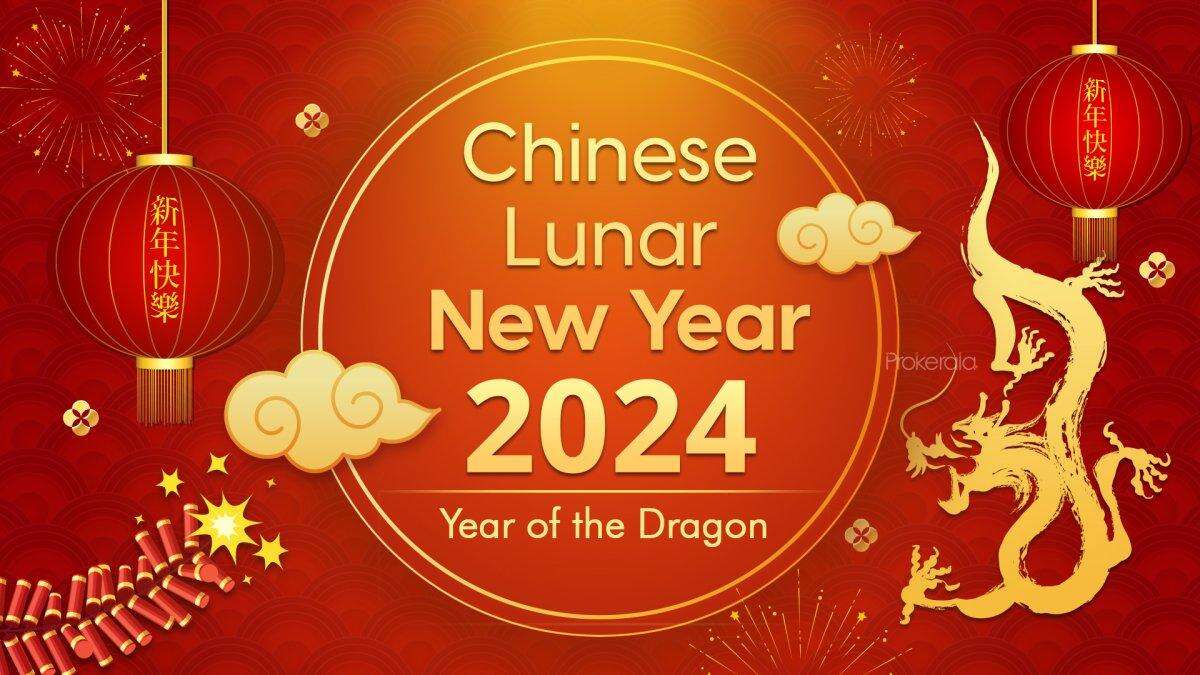As the world eagerly ushers in the Year of the Dragon on the traditional lunisolar Chinese calendar, Chinese New Year, also known as the Spring Festival or Lunar New Year, unfolds its rich tapestry of traditions and festivities. In this article, we uncover four intriguing facts that shed light on this auspicious occasion’s unique and vibrant celebrations.
Advertisement
1. The Longest Chinese Holiday: A Festive Odyssey Chinese New Year stands out as the longest and most significant holiday in the Chinese calendar. Spanning 15 days, from New Year’s Eve to the Lantern Festival, this festive odyssey is marked by a series of cultural rituals, family gatherings, and joyous celebrations. Families unite to honor traditions and welcome the new lunar year with open arms.

2. The Battle Against Monsters: A Mythical Tradition Rooted in ancient folklore, Chinese New Year carries with it the mythical tradition of battling monsters. Legend states that a ferocious beast named Nian would terrorize villages, devouring livestock and crops. To ward off Nian, villagers would use loud noises, bright lights, and the color red. Today, these customs endure as firecrackers, lanterns, and vibrant red decorations illuminate the festivities, symbolizing the triumph over mythical monsters.
Advertisement
3. Customs and Taboos: No Showering, Sweeping, or Throwing Out Garbage Chinese New Year brings with it a unique set of customs and taboos, adding a layer of mystery to the celebrations. On New Year’s Day, it is considered inauspicious to engage in activities such as showering, sweeping, or throwing out garbage. These practices are believed to wash away good fortune and luck. Instead, families focus on joyous gatherings, elaborate feasts, and participating in traditional activities to ensure a propitious start to the year.
4. Red Envelopes and Dumplings: Symbols of Prosperity A delightful and cherished tradition during Chinese New Year is the exchange of red envelopes, known as “hongbao” in Mandarin. These envelopes, adorned with symbols of luck and prosperity, contain lucky money and are gifted to children and unmarried family members. The act symbolizes good wishes for health, happiness, and wealth in the coming year.
Equally significant in Chinese New Year feasts are dumplings, which hold a special place on the celebratory table. The shape of dumplings resembles ancient Chinese currency, symbolizing wealth and prosperity. Families gather to prepare and enjoy these delectable treats, fostering a sense of togetherness and abundance.
Embracing Tradition, Welcoming Prosperity As the world joins in the vibrant celebrations of Chinese New Year, these four intriguing facts offer a glimpse into the rich tapestry of customs, myths, and traditions that define this auspicious occasion. From the mythical battles against monsters to the symbolic red envelopes and delectable dumplings, Chinese New Year serves as a testament to the enduring power of tradition and the collective spirit of joy, hope, and prosperity that defines the beginning of a new lunar year. May the Year of the Dragon bring blessings and good fortune to all who partake in these celebrations!


Leave a Reply